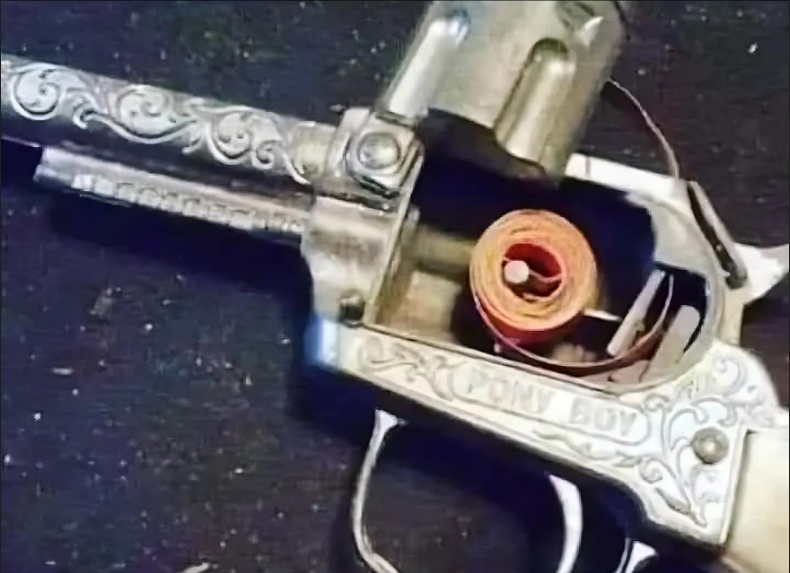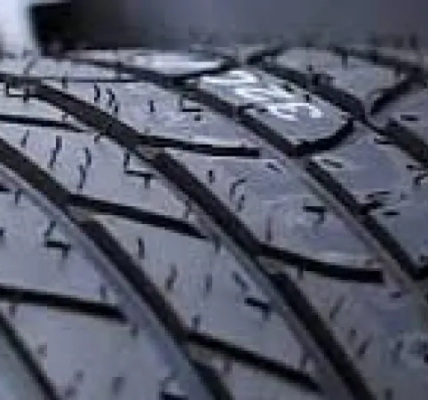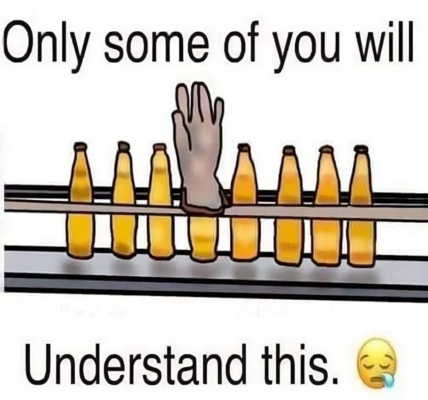Cap guns have been a popular toy for generations, capturing the imaginations of children around the world. These toy guns create a loud, gunshot-like sound and sometimes smoke, simulating the real-life experience of firing a weapon. While they may seem simple, cap guns have a rich history, diverse types, and even legal requirements that reflect their impact on society. In this article, we’ll explore the evolution of cap guns, how they work, their different types, and the laws that govern their manufacture.
What Are Cap Guns and How Do They Work?

A cap gun is a toy designed to mimic the sound and action of a real firearm. The toy operates by igniting small percussion caps that contain a shock-sensitive explosive compound. When struck by the gun’s hammer, these caps create a loud sound and sometimes smoke, closely resembling the firing of a real gun. Early cap guns were made from cast iron, but after World War II, manufacturers began using zinc alloy and later transitioned to plastic, making these toys more affordable and accessible.
The name “cap gun” comes from the small discs of explosive material, known as caps, which are essential to the toy’s function. These caps can come in various forms, including roll caps, ring caps, and disk caps, all of which are tiny versions of percussion fireworks. While the materials and methods have evolved, the core principle of the cap gun has remained consistent: providing children with a thrilling but safe way to emulate their favorite heroes.
The History of Cap Guns: From Civil War to Post-War Entertainment
Cap guns have an intriguing history that dates back to the United States Civil War, where the real-life predecessors of these toys were used. During the war, soldiers used faster-firing weapons that utilized percussion caps, small explosive devices that allowed for quicker reloading and firing. The Springfield Model 1855 musket, for instance, was fitted with a Maynard tape primer, which utilized a roll of paper impregnated with fulminate as a detonator.
As the demand for caps in warfare decreased, firearm companies began experimenting with toy cap guns modeled after these real weapons. The rise of cinema and television, particularly Westerns, propelled cap guns into the spotlight. Children around the world began collecting and playing with toy guns that mimicked the firearms of their on-screen heroes like Roy Rogers, The Lone Ranger, and Hopalong Cassidy. This “Golden Age” of cap guns lasted roughly 20 years following World War II, with toy companies such as Mattel, Hubley, and Lone Star Toys producing millions of cap guns that became household staples.
The Golden Era of Cap Guns: Western TV and Hollywood Influence
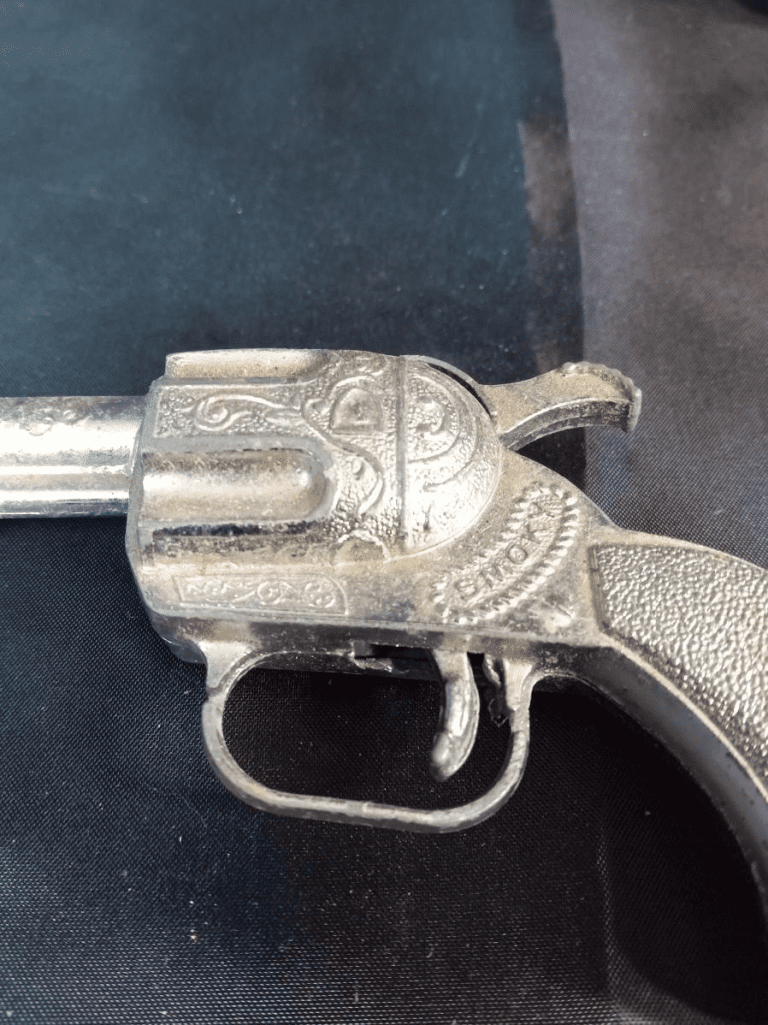
The 1950s and 1960s were the Golden Age of cap guns, a time when Western TV shows dominated popular culture. Heroes like Gene Autry and Marshal Matt Dillon inspired legions of young fans who wanted to emulate their favorite gunslingers. Cap guns were often named after Western-themed characters or used rugged names like “Stallion 45”, “Mustang”, and “Texan” to appeal to children’s imaginations.
Cap guns became not just toys but cultural icons that symbolized adventure and heroism. Children would engage in imaginative play, recreating the iconic gunfights from their favorite shows. However, as Western television programs began to decline in popularity in the 1970s, so did the demand for cap guns. While some continued to be produced in military or secret agent themes, the golden age of Western cap guns faded, and manufacturers began focusing on different types of toys.
Types of Cap Guns: From Revolvers to Submachine Toys
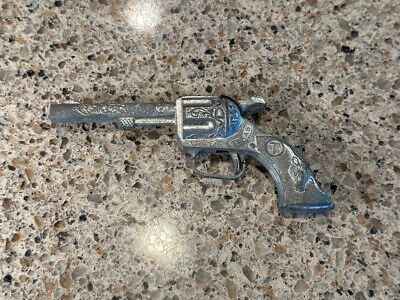
Cap guns come in a variety of styles, each designed to mimic specific types of firearms. Some of the most popular types include:
- Revolver Cap Guns: Modeled after real-life revolvers, these guns have a rotating cylinder that advances a new cap into place each time the trigger is pulled. This style is often paired with ring caps.
- Semi-Automatic Cap Guns: Designed to replicate semi-automatic pistols, these cap guns use roll caps or disk caps to simulate rapid-fire action.
- Cap Rifles: Larger than pistols, these toys mimic rifles and often come with more intricate loading mechanisms, such as the famous Rifleman toy gun.
- Submachine Gun Toys: Companies like Mattel produced automatic firing cap guns, modeled after real-life submachine guns like the Thompson, allowing children to simulate a rapid series of cap firings.
Cap guns were often sold with unique innovations. For example, Nichols Industries introduced a two-piece bullet system in the 1950s, where caps were inserted into plastic bullets to create a more realistic experience. Mattel followed suit with its “Shootin’ Shells”, further enhancing the realism for children engaged in make-believe battles.
Cap Guns in Modern Culture: Evolving Designs and Legal Requirements
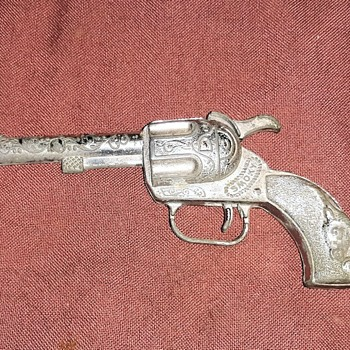
Though their popularity has waned, cap guns still find a place in today’s toy industry. Modern cap guns are often made of plastic, featuring red or orange tips to comply with legal requirements. In the United States, laws passed in 1988 mandate that toy guns must have brightly colored tips to distinguish them from real firearms. These regulations were put in place to prevent tragic incidents where children were mistaken for wielding real guns.
These legal requirements have dramatically impacted the look of cap guns, making them far more identifiable as toys. While earlier models could be mistaken for actual firearms, today’s cap guns are designed with safety in mind, reducing the risk of accidents while still providing the same play value.
The Decline of Cap Guns: A Shift in Toy Culture
As Westerns faded from television screens and public concerns over gun violence increased, the popularity of cap guns began to decline. While they are still available in stores, modern children’s interests have shifted towards video games, action figures, and digital entertainment. However, the nostalgic appeal of cap guns remains strong for many who grew up during the Golden Age. Vintage cap guns have become collectibles, and older models from companies like Mattel and Hubley are now sought after by toy enthusiasts.
Conclusion: The Enduring Legacy of Cap Guns
Cap guns may no longer hold the same cultural weight as they once did, but their impact on toy history is undeniable. From their origins in Civil War-era weaponry to their Hollywood-inspired heyday, cap guns have sparked the imaginations of generations of children. Although times have changed, and toy trends have evolved, the cap gun remains a fascinating piece of Americana—an enduring symbol of childhood adventure, imaginative play, and the Wild West.
As long as there are children eager to emulate their favorite heroes, cap guns will continue to hold a place in toy history, reminding us of a simpler time when the sound of a cap firing brought excitement and joy to countless backyard battles.
